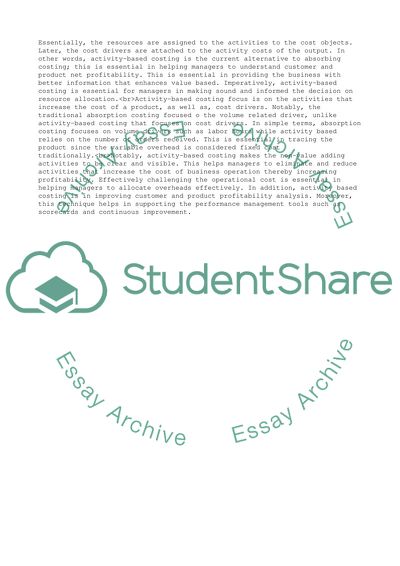Cite this document
(Management Accounting Case Study Example | Topics and Well Written Essays - 1500 words, n.d.)
Management Accounting Case Study Example | Topics and Well Written Essays - 1500 words. Retrieved from https://studentshare.org/management/1823242-case-analysis-management-accounting-subject
Management Accounting Case Study Example | Topics and Well Written Essays - 1500 words. Retrieved from https://studentshare.org/management/1823242-case-analysis-management-accounting-subject
(Management Accounting Case Study Example | Topics and Well Written Essays - 1500 Words)
Management Accounting Case Study Example | Topics and Well Written Essays - 1500 Words. https://studentshare.org/management/1823242-case-analysis-management-accounting-subject.
Management Accounting Case Study Example | Topics and Well Written Essays - 1500 Words. https://studentshare.org/management/1823242-case-analysis-management-accounting-subject.
“Management Accounting Case Study Example | Topics and Well Written Essays - 1500 Words”, n.d. https://studentshare.org/management/1823242-case-analysis-management-accounting-subject.


